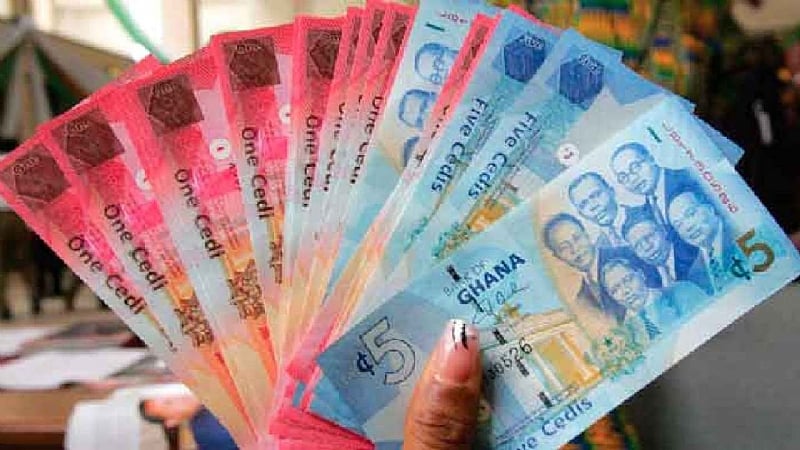The Ghanaian cedi exhibited a strengthening trend against the United States dollar as of Saturday, March 29, 2025, marking a positive shift in the currency’s performance. Data compiled from Cedirates.com, a reliable source for currency and fuel information in Ghana, indicated a buying rate of GHS15.39 per dollar and a selling rate of GHS15.84. This suggests that individuals could purchase one US dollar for GHS15.39 and sell one US dollar for GHS15.84. The observed appreciation of the cedi indicates a potential improvement in Ghana’s economic outlook and could have positive implications for import prices and inflation.
Forex bureaus, which play a significant role in the retail foreign exchange market in Ghana, offered slightly different rates compared to the interbank market. Those exchanging US dollars for Ghanaian cedis could obtain a rate of GHS15.60 per dollar, while those converting cedis to dollars faced a rate of GHS16.00 per dollar. This difference, known as the spread, represents the profit margin for forex bureaus and is a common feature of foreign exchange transactions. The slightly less favorable rates at forex bureaus compared to the interbank market can be attributed to factors like operational costs and market dynamics.
The interbank market, where financial institutions trade currencies amongst themselves, revealed a tighter spread for the US dollar. The buying rate stood at GHS15.52, while the selling rate was GHS15.54. This smaller spread reflects the higher volume and efficiency of transactions within the interbank market compared to the retail market served by forex bureaus. The interbank rates often serve as a benchmark for other segments of the foreign exchange market.
Exchange rates for other major currencies, namely the British pound and the euro, also showed a relatively stable relationship with the cedi. The average exchange rate for converting British pounds to cedis was GHS19.85, while converting cedis to pounds averaged GHS20.54. Similarly, the euro traded at an average rate of GHS16.53 for exchanging euros for cedis and GHS17.19 for the reverse transaction. These rates indicate the relative value of the cedi against these major currencies and play a crucial role in international trade and investment.
The Bank of Ghana’s interbank market, which reflects the official exchange rates, indicated a selling rate of GHS20.11 for the British pound and GHS16.82 for the euro. These rates often serve as a reference point for other financial institutions and provide a snapshot of the central bank’s view on the currency market. The relatively close alignment between the Bank of Ghana rates and the average market rates suggests a stable and well-functioning foreign exchange market.
Money transfer operators, LemFi and Afriex, offered competitive rates for remittances from the US and the UK to Ghana. For US dollar transfers, LemFi offered a rate of GHS15.40 per dollar, while Afriex provided a slightly more favorable rate of GHS15.05 per dollar. For British pound transfers, LemFi’s rate was GHS19.92, and Afriex offered GHS19.98. Euro transfers through Afriex were priced at GHS16.71 per euro, while LemFi provided a slightly lower rate of GHS16.58. These competitive rates are indicative of the growing importance of remittance flows to the Ghanaian economy and the role of specialized money transfer operators in facilitating these transactions. For digital subscriptions using Visa and Mastercard, the exchange rate was consistent at GHS16.64 for both providers, reflecting a standardized approach to these types of transactions. The information provided offers a comprehensive overview of the Ghanaian foreign exchange market as of March 29, 2025, highlighting the performance of the cedi against major currencies and the rates offered by various market participants. This data is crucial for individuals and businesses engaged in international transactions and provides insights into the overall health of the Ghanaian economy.


